Every week, The Mac Weekly sits down with a senior arts major. This week we caught up with studio art and philosophy double major Egzon Sadiku. He hails from Peja, Kosovo.

How did you become interested in art?
When I first arrived at Macalester, I wanted to just major in philosophy. I wasn’t really interested in majoring in the arts. But my FYC was 3D Design with Stan Sears, and that course changed my idea of what art is and what I can do. I always thought that art was mainly just drawing and painting.
I guess it was a cultural thing; in Kosovo, people are only considered artistic if they can draw or paint. Although there is an appreciation for blacksmithing and ceramics, I don’t know if they would be considered art.
What kinds of art do you make?
I enjoy making 3D pieces using ceramics, wood and metal. I also love to take pictures. I’ve taken many different classes because I think it’s really important to learn different processes for making art.
What do you most enjoy about making art?
I enjoy turning something ordinary into something that catches your attention.
What’s your creative process like?
When I have an idea, I sketch it on a piece of paper. If I’m creating a 3D piezce, I then make a model out of cardboard. I will always think of ways to improve a piece when I’m making it. Being able to change the piece and solve problems that come up is important.
There are so many things that can go wrong with a lot of the mediums that I work with. With ceramics, you never know what’s going to come out of the kiln. You can have cracks or the shape of the piece may have changed — so you have to figure out how to work with that.

What themes do you express?
It’s important to me that the things I make can be useful, especially for ceramics and sculpture. I enjoy when things are beautiful and also useful. In mediums like photography, I am more interested in themes relating to experiences I’ve had in the past. These themes include sleep paralysis, death and war.
In printmaking I made a self-portrait that talks about how we have lost our empathy by using technology. We look at terrible news on the internet, and we just swipe and look at another story. The piece is an intaglio print using copper. There’s a river separating my room, where I’m sitting with my computer, from all these bizarre and terrible things that are happening. I was trying to critique myself. I should act towards making a change, but I just continue to another news story. Our biases also influence who we empathize with. There were big talks in the media after the Paris attack, but then we didn’t talk about the Ankara attack.
What’s an example of something you’ve made that’s beautiful and useful?
For my senior show, I’m working on covered benches for a bus stop. The idea is to foster a temporary community within the bus stop. The two benches face each other, which puts people in front of one another. On the outside of the covering, there will be stencil portraits of people. On the inside, people can write graffiti. They can write about what they talked about, and other people can see those themes and discuss them further. I want to put it in a public space, but I don’t know if I can. I might contact the school to see if I can put it someplace, such as where the buses come by the admissions office.
How are you involved in art at Mac, or elsewhere?
I am a studio supervisor in the art department. In the metal and wood shops, I make sure people are using the tools safely. I am also a recipient of a Dream It grant. The grant is for a project where a friend of mine and I teach different art methods to elementary school-age kids. We go to a place called Common Bonds and present a new medium every Thursday. So far, we’ve presented different techniques such as collage, printmaking and plasticine. In the future, we’ll do ceramics with clay that dries in air. At the end of the project, we’ll have an exhibition where parents can see what their kids have been making.

Sadiku. Photo by Sadiku.
What are your interests or hobbies besides art?
I am the leader of Zabumba, the Brazilian percussion band at Macalester. There are around ten different kinds of Brazilian drums, and I teach the basics for every kind. I’ve spent a lot of time trying to find other people outside of Macalester that make the same kind of music.
We’ve collaborated with five other bands from the Twin Cities, and we participated in the May Day parade last year and this big concert called Carnaval Brasileiro. I also like to bike, and I used to do river kayaking before I came to Mac.
What advice would you give to someone thinking about majoring in studio art?
I think a lot of people dismiss the art major because we’re told many times that we’re not artistic. We make something, someone critiques it in a way that makes us feel bad, and then we give up on it. But I think people can learn processes that they like and are passionate about.
Art is about persistence and not always trying to get things right on the first try. Being able to come back to pieces you’ve made and make them better is what makes art attractive.


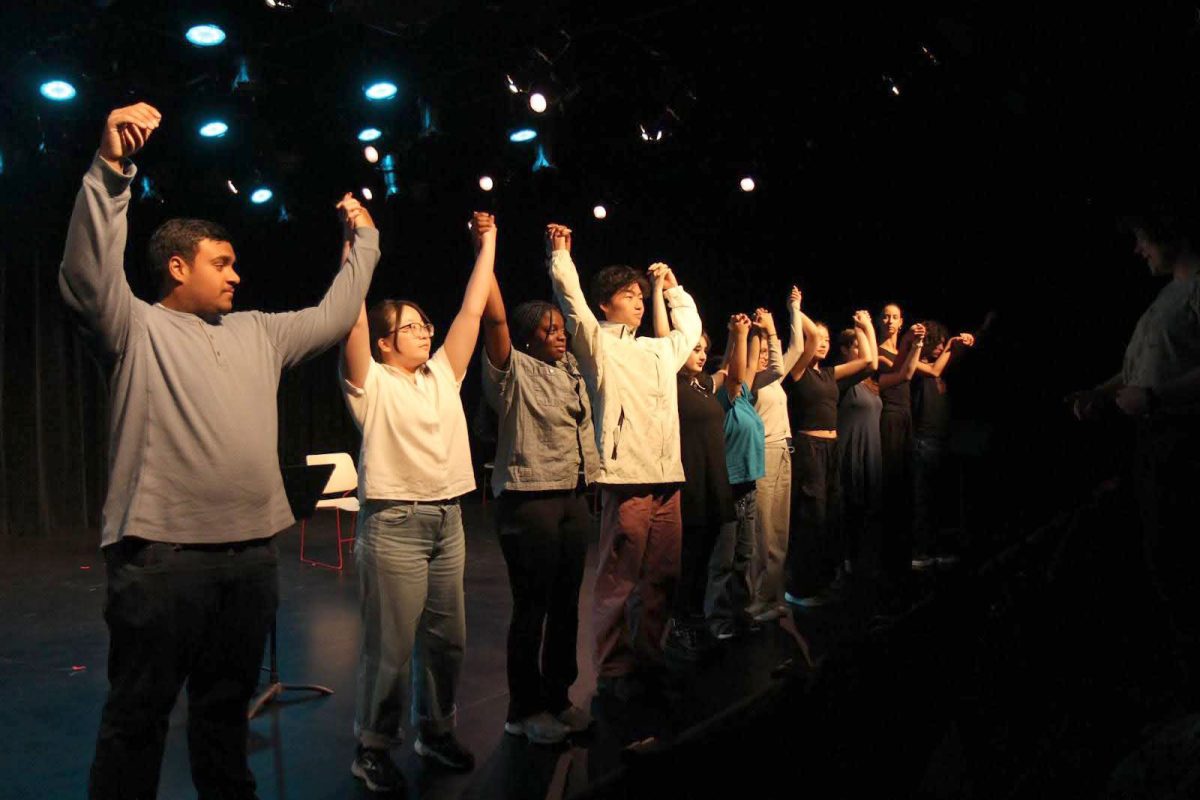
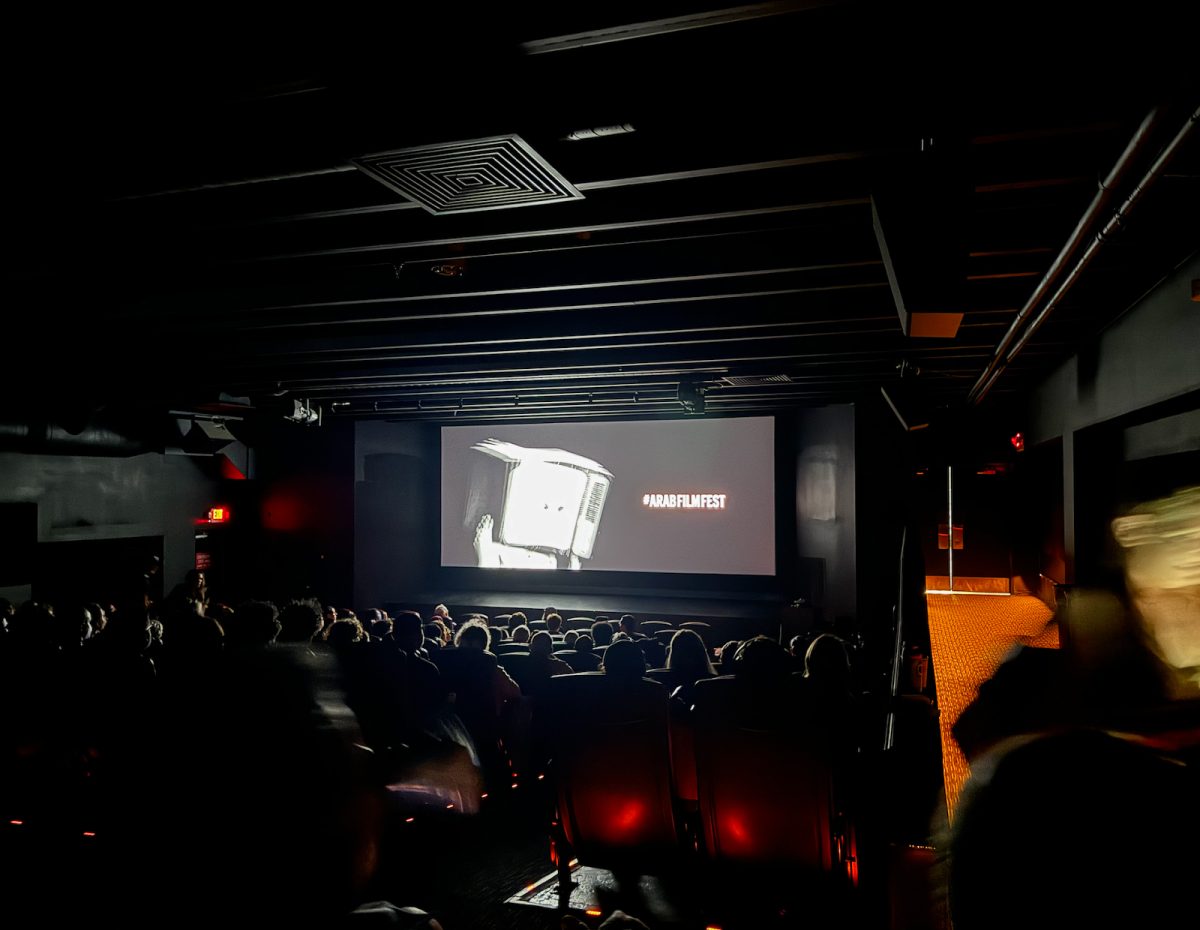



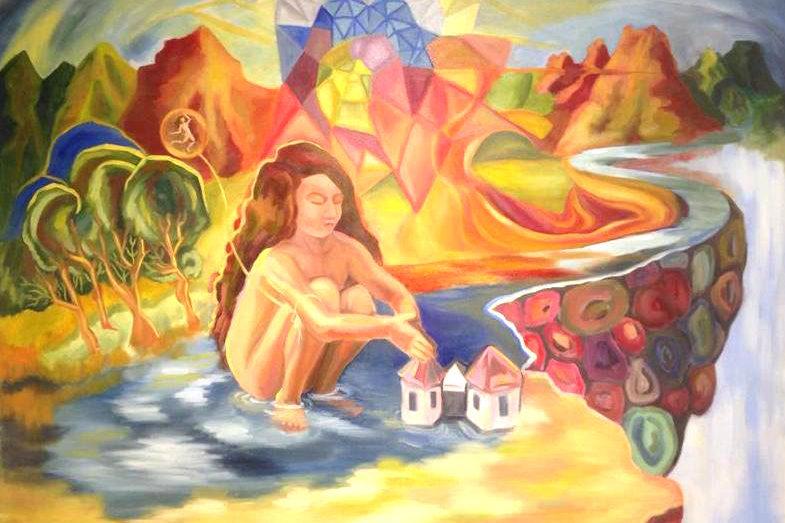
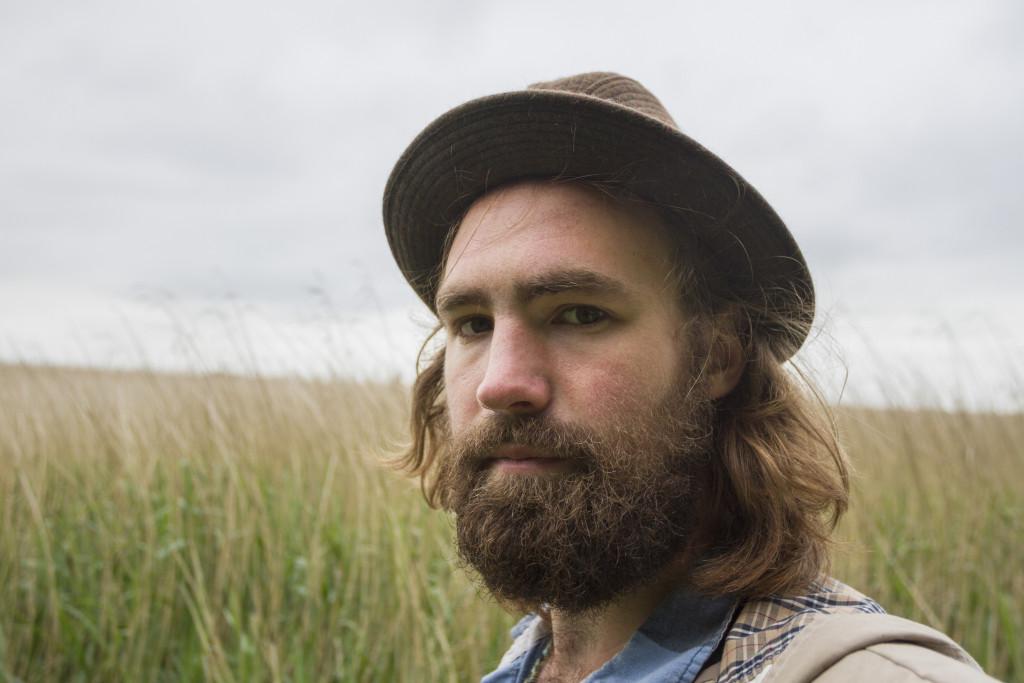
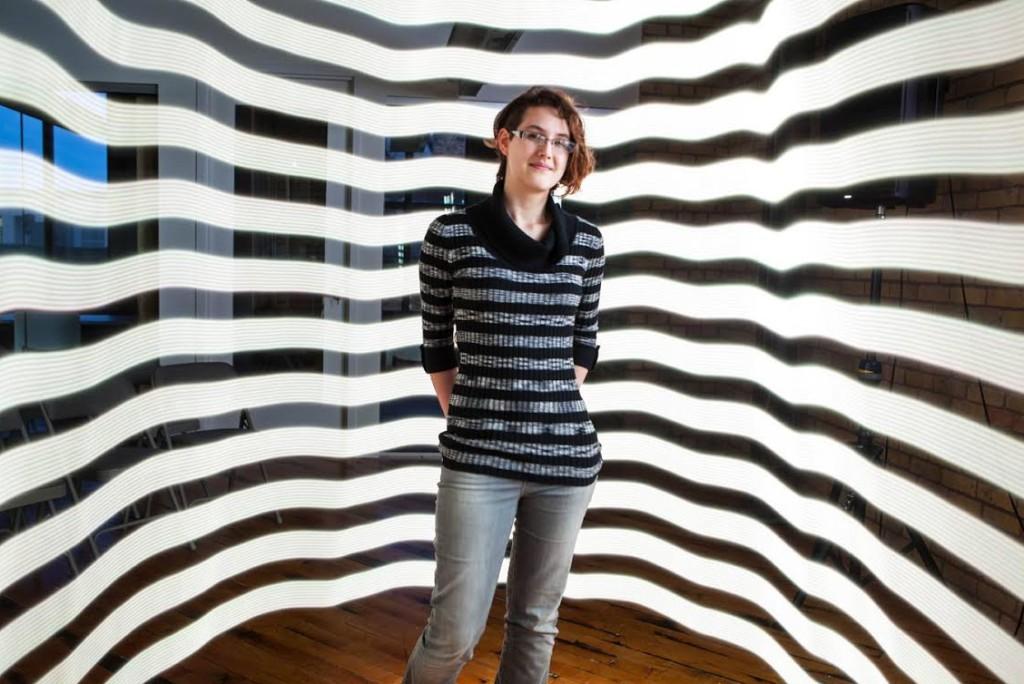
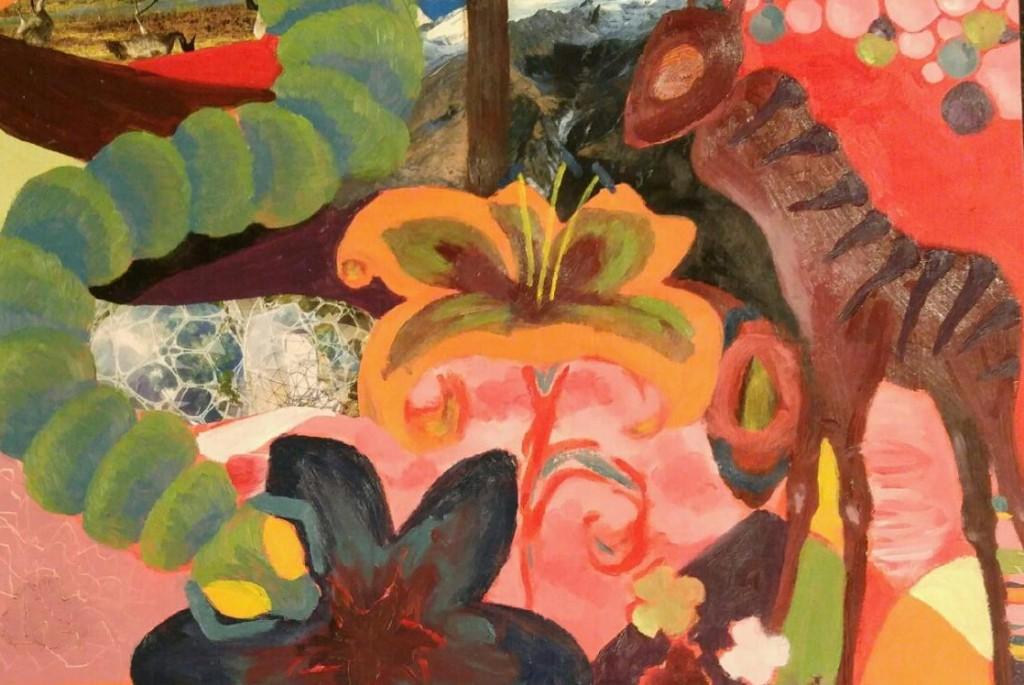
Liam Turner • Sep 11, 2019 at 4:24 pm
I will immediately grab your rss as I can not find your email subscription link or newsletter service. Do you’ve any? Kindly let me know so that I could subscribe. Thanks.
Pippa Roberts • Sep 10, 2019 at 10:36 am
Your mode of telling everything in this paragraph is actually fastidious, every one be capable of without difficulty be aware of it, Thanks a lot.
Austin Black • Sep 9, 2019 at 9:42 am
Thanks for the points you have discussed here. One more thing I would like to express is that computer memory requirements generally go up along with other breakthroughs in the know-how. For instance, whenever new generations of processor chips are brought to the market, there is certainly usually an equivalent increase in the dimensions demands of both the computer memory along with hard drive room. This is because the software operated by means of these cpus will inevitably rise in power to make use of the new technological know-how.